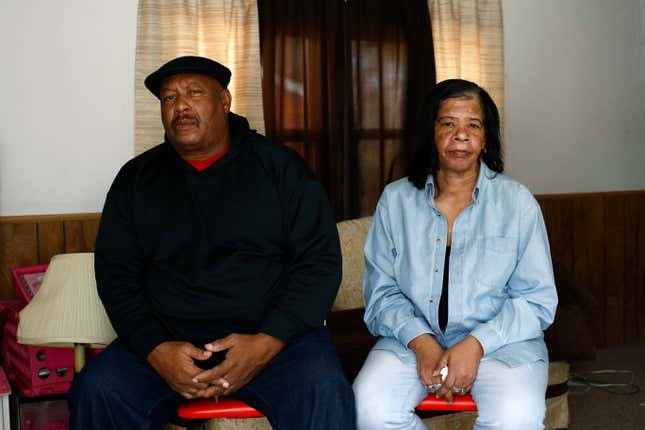
Three Maryland towns have agreed to pay $5 million to the family of 19-year-old Anton Black, who was died after being handled by police in 2018. According to The Associated Press, an addition to the settlement requires improvements to police training and policies. It seems police reform only comes after it’s too late to prevent a tragedy like this.
In 2018, the former high school football star was diagnosed with bipolar disorder and began acting erratically. Reports say a neighbor called the cops on Black for roughhousing with a 12-year-old boy. When the cops arrived, they used a taser on him and pinned his body to the ground for six minutes, in a “chillingly similar manner” George Floyd was killed, per the suit. His mother watched him go unconscious. Black died after being taken to the hospital.
Prosecutors didn’t pursue charges against the officers, so his family filed a wrongful death lawsuit accusing them of using excessive force.
More on the case from The New York Times:
The lawsuit also contended that the officers tried to cover up an unjustified killing by claiming that Mr. Black was under the influence of marijuana laced with another drug and had exhibited “superhuman” strength.
An autopsy report released four months later by the state’s medical examiner at the time, David Fowler, blamed congenital heart abnormalities for Mr. Black’s death and classified the death as an accident, saying there was no evidence that the police officers’ actions had played a role. The litigation by Mr. Black’s family against the medical examiner’s office and Mr. Fowler — also defendants in their lawsuit — is continuing.
Judge Catherine Blake of U.S. District Court in Maryland said in a ruling earlier this year that the video evidence from Mr. Black’s encounter with the police “is not so conclusive as to ‘clearly contradict’ and outweigh the plaintiffs’ allegations” of excessive force, which dealt a setback to the Police Departments’ case.
The police reforms required in the agreement include providing officers with resources to handle mental health emergencies, de-escalation training, implicit bias lessons and transparency with hiring, according to the Times. Maryland had also named a law after Black requiring the disclosure of information regarding police misconduct investigations.
Though, it’s unfair that Black had to be the sacrifice for these departments to take initiative to change their policing. Families have been seeing lawsuit settlements more than accountability from the officers responsible for murdering their loved ones. Implementing new training is the very least a department could do and most of the time, it’s overdue.

